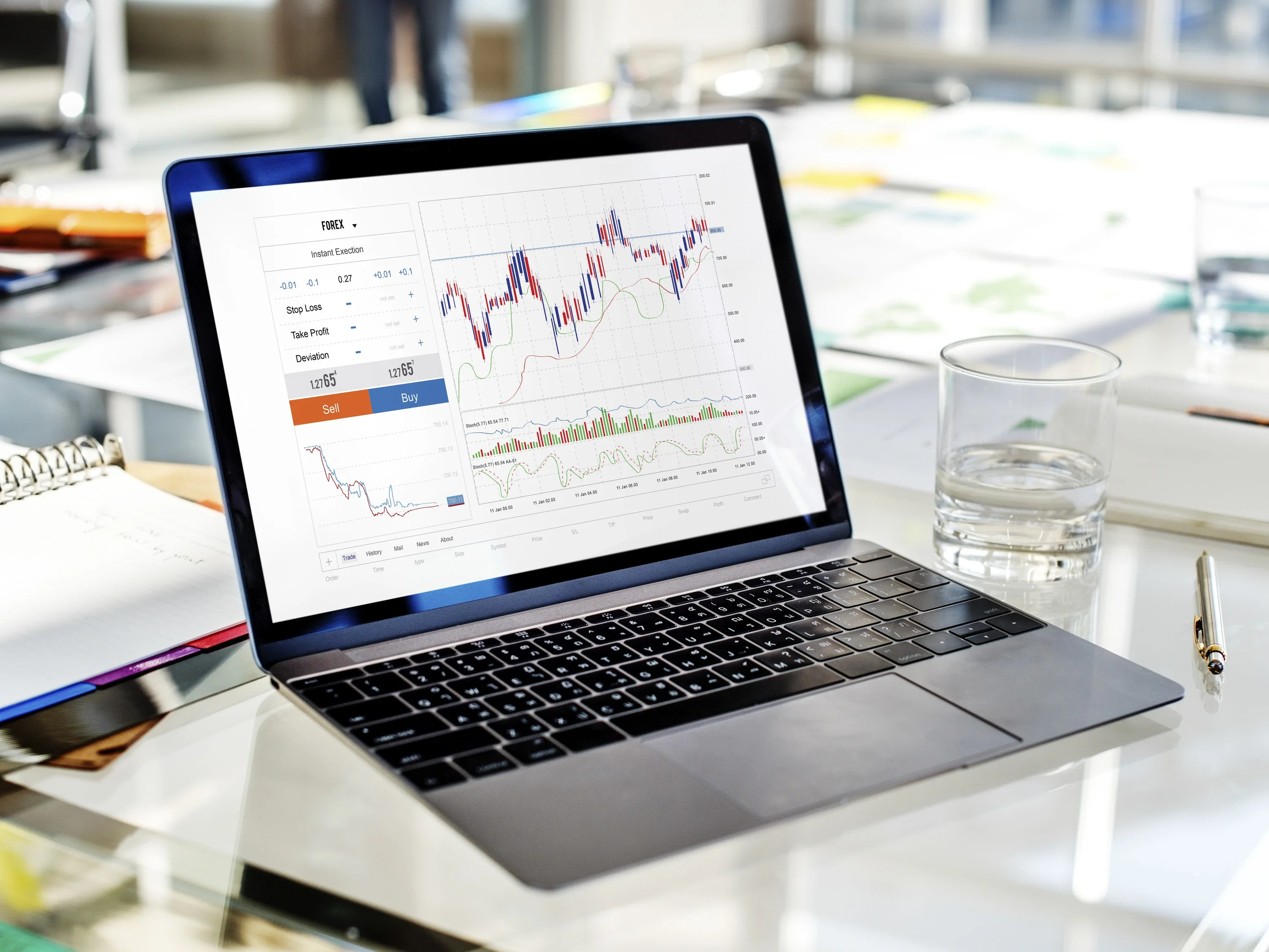How to use data and analysis in market and consumer research
In the post-pandemic era of high inflation and severe supply chain disruption, companies must continue to gather useful information about target markets, consumer behavior and marketing efforts to protect their market share, but also to conquer new markets.

A January 2022 survey found that 86.4 percent of organizations believe their data and analytics function has improved significantly since 2017 with the integration of advanced machine learning and artificial intelligence tools. And the number of companies investing in market research as part of their data and analytics function increased rapidly at the end of 2021.
Given this ongoing trend, how can companies leverage data sets to generate valuable business insights that help them drive business performance?
Informed decision-making processes
Executives and Chief Marketing Officers (CMOs) are now able to incorporate big data into their decision-making process by analyzing user data in real time to gain actionable insights.
They have moved from offline data collection solutions such as face-to-face surveys, focus groups and engagement marketing (e.g. at events) to actively tracking user behavior and opinions online.
Data and analytics companies now offer business intelligence software for companies that combines all data sources - a kind of unique one-stop platform that is updated in real time.
Recognizing patterns and trends
The data mining process, also known as knowledge discovery, allows companies to sift through huge amounts of data and look for patterns and trends.
If you know who your customers are, how they interact with your company and what their habits are, you can better segment your customers.
Tools used include location-based targeting and personalized communication and selling to get immediate real market feedback, such as the following: Do they value your product/service based on new features, functions or benefits? Where are they more likely to buy it?
Predictions based on patterns and trends
Understanding how customers react to changes, campaigns and product launches helps companies gain a competitive advantage and ensure that all actions are taken to benefit the customers they serve.
Tools such as unique customer behavior analytics platforms, for example, inform companies whether customers are frequent buyers or heavy shoppers, allowing marketing teams to tailor their messages to the segment of interest.
While 82 percent of companies aim to have a 360-degree view of their customers, only 14 percent say they have achieved this today. Gathering granular information about customers through data and analytics will improve this tenfold.
Making customer-focused decisions
Better fulfillment of ever-changing customer needs means higher customer satisfaction and retention. Interactive dashboards give companies instant access to customer satisfaction data.
The software can include statistics on customer feedback, preferred communication channels for customers contacting the company, as well as critical factors such as the average time it takes to resolve a customer issue.
With this real-time information under one cost-effective umbrella, organizations can both identify and resolve issues, make faster customer-centric decisions and improvements, and measure past efforts.
If you're looking for a new role in market or consumer research or looking to expand your team, we can help. Take a look at our current market research jobs or get in touch with one of our expert consultants to find out more.



